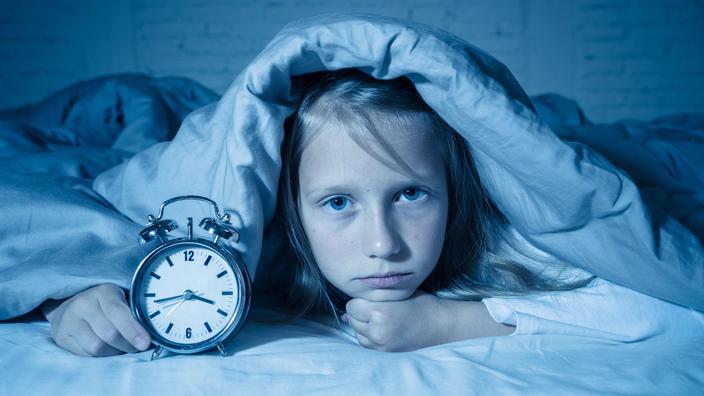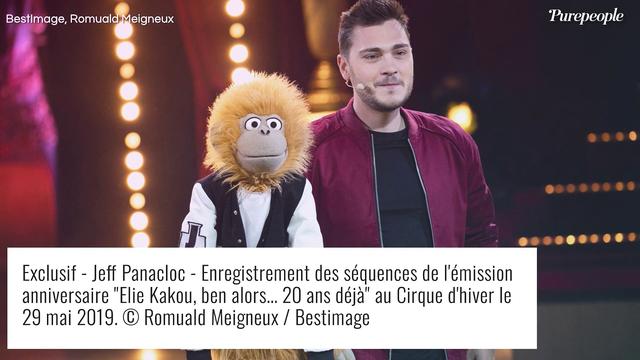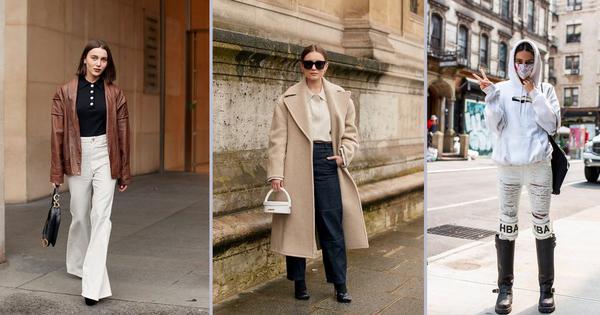
"The hidden beauty of the ugly is seen without delay", sang Gainsbourg. When it comes to fashion, the hidden beauty of the ugly sometimes takes time to come out into the open. "When Comme des Garçons presented its first collections in the 1980s, everyone thought it was horrible," notes Florence Müller, director of the Denver Art Museum's textile and fashion department. Afterwards, everyone thought it was fantastic. Because the history of fashion is not confined to the chic, the beautiful, the luxurious or the sublime. It would be too easy. At the same time, the poor, the destitute, the corny, the shocking, the kitsch, in short, the ugly, also has its own story, no less – or even more – spectacular, especially when it leads to a new star piece that we didn't see it coming. Example ? “Chanel's famous little black dress, continues the historian, who had unleashed virulent criticism when it was created in 1924. People pointed the finger at its fashion, saying that it was luxury misery. That his girls looked like streetcar conductors. Basically, cheap and dowdy. Also, when the Franco-British fashion journalist Alice Pfeiffer, holder of a master's degree in gender studies, publishes these days "Le Goût du ugly" (ed. Flammarion), an incisive work in which she fervently questions on this exchange value – she who collects pizza-shaped ties and pink towel flip-flops – now she raises a crucial subject. “Because ugly is the name of what is no longer in fashion (or not yet in fashion), affirms Frédéric Godart, fashion sociologist and co-author, with Zoé Thouron, of “La Mode déhabillée” (ed. casterman). The ugly is essential to fashion because without ugly, there is no beauty. Without the succession of cycles of new beautiful which transform the old beautiful into ugly, there is no fashion industry. And with each transformation, we have to buy new clothes. Me, ugly, and badly (poorly) dressed? In her book, the journalist Alice Pfeiffer prefers to evoke the ugly rather than the ugly. "The ugly, the other side of the beautiful, is terrible, almost biblical," she says. The ugly is his little brother, in a grotesque and popular version, with an underlying mockery. »
Followers of the third degree, Generations Y and Z have seized on the culture of ridicule and "cringe" (uncomfortable) with relish. Witness the sock-slip fashion, the “ugly” Christmas sweaters, the sexy “vulgarity” of 90s bimbos à la Britney Spears or Paris Hilton brought up to date by Kim Kardashian. Add to this a neomoche wave "of freshly outdated candor", as the author writes, and nostalgic for the early days of the Internet and Skyblogs, Instagram accounts like that of @_antoinettelove_, which offers naive self-portraits and dreamlike backdrops dripping with virtual butterflies, fairytale swans and cute kittens. Or the kitsch digital universe of artists such as Regina Demina, Hannah Diamond, Sara Sadik, or even Ryan Trecartin. Let's face it, the younger generations are not the only ones to succumb to the fatal attraction of the repulsive. The Covid and forced teleworking have generated a generalized slackness, coupled with a certain search for authenticity, which enjoins us to get busy, and in an uninhibited way, in shapeless jogging, tired sweater and flat heels. “The confinement has put us so much in front of ourselves, in front of our body and our mind that we have another link with clothing, remarks Florence Müller. Some even wonder if they will wear heels one day. With the gradual return of deconfinement dinners, I see some who dress with relief in insane dresses, others who don't care. In the fashion industry, the ugly have recently taken a very important place, according to Frédéric Godart. "First, because the cycles are accelerating and there is more and more information," he says. So consumers are very aware that certain styles they like were ugly before they were beautiful.
Second, fashion is becoming more and more ironic and more actively seeking out the ugly. “The “too ugly” has, in any case, good days ahead of him. Especially since the "cheum", in terms of creation and style, can be grandiose. Like the Prada collections circa 1994, inspired by 90s Deschiens fashion – Nylon shirts, beige printed sweaters, granny skirts – successfully sublimated. Or, obviously, the very referenced and ugly boldness of Demna Gvasalia for Balenciaga. “I am thinking of her Crocs, of course, enthuses Florence Müller, but also of this Fall-Winter 2017-2018 Clothing show, where the label presented a gallery of characters. I remember a bourgeois woman with an old-fashioned cut mink coat, it felt like a real person who had kept her mink for years because it had been a big investment. Gvasalia is amazing and very subtle, because if you look closely you see that the cuts are very beautiful and very innovative. Pure snobbery on the part of the consumer to buy Crocs at exorbitant prices, or the desire on the part of the creators to awaken the eye, to shock? A bit of both. Because the ugly, when it is sophisticated, like the queer of Pierre and Gilles or Jean Paul Gaultier with its perfumes or its necklaces made of crushed cans, like the punk of the 1970s-1980s or the grunge of the 90s, is there to rebel , cause an electric shock, change society. Ridicule does not kill, it awakens.

Revolutionary, the ugly? Not for Frédéric Godart who would see it as a way for the fashion industry to recover popular inspirations and generate new demand. “Yes, says Florence Müller on the contrary, because the ugly breathes new blood into this world of sophistication that is fashion. And which very often, after a while, goes around in circles. There is an incestuous side to these gazes that observe each other, inspire each other, copy each other, and sometimes things stop moving. Already in the 18th century, she recalls, the ugly wardrobe could be revolutionary. The "sans-culottes", so nicknamed because they wore, to be comfortable on the barricades, a long garment inspired by the clothes of convicts or sailors, will, for example, provide society with the trousers that men adopted in the 19th century. In the time of Marie-Antoinette, the women of the nobility emancipated themselves, for the time of an ephemeral fashion, from their suffocating corsets and their heavy silk dresses by adopting a skirt and a top in linen or cotton inspired by the vulgar peasant costume. “Today, according to Alice Pfeiffer, there is almost a class struggle, between the beautiful, synonymous with good, and the ugly, a rebellious and 'woke' value. For her, “the problem with elegance is that it carries problematic values. The chic of luxury houses, yes, but for whom? What imperialism and what elitism does this set up?
okay, professor. teach me how to become a successful pharmacist https://t.co/gvqdK88n0t
— chany Thu Jun 17 10:39:18 +0000 2021
"The cheum, in terms of creation and style, can be grandiose"
At a time of ultra-politicization of aesthetic codes, where we talk about inclusivity and body positivity, we realize that highlighting a slim and chic body also means conveying body values, of origins and social belonging which can be excluding. So, the beautiful, okay, but a beautiful that would include values of solidarity and commitment”. The opposition between social classes is in any case nothing new in fashion. “It is even essential, notes the sociologist Fréderic Godart. Traditionally, the beautiful corresponds to the taste of the dominant classes, the ugly to that of the working classes. But, at the end of the 20th century, we saw the emergence of a so-called “ascendant” fashion, with popular class styles taken over by the dominant classes…” And which would cause it to lose, with some exceptions, its force of subversion. But if beauty resides in the eye of the beholder, as Oscar Wilde said, what about ugliness? “The ugly brings out the beauty, decrees Florence Müller. And asks the question of the gaze. Our gaze is totally oriented, because of our origins, our education, our social class, and we are prepared, out of habit, to consider one thing as beautiful and another as ugly. And often, new things appear to us as ugly. You have to be careful about that. As Demna Gvasalia says, “the question of taste is a subjective value”. Wait before shouting "it's ugly!" can save us from looking old-fashioned in six months.
“The taste of the ugly”, by Alice Pfeiffer (ed. Flammarion).
“Undressed fashion”, by Frédéric Godart (ed. Casterman).







